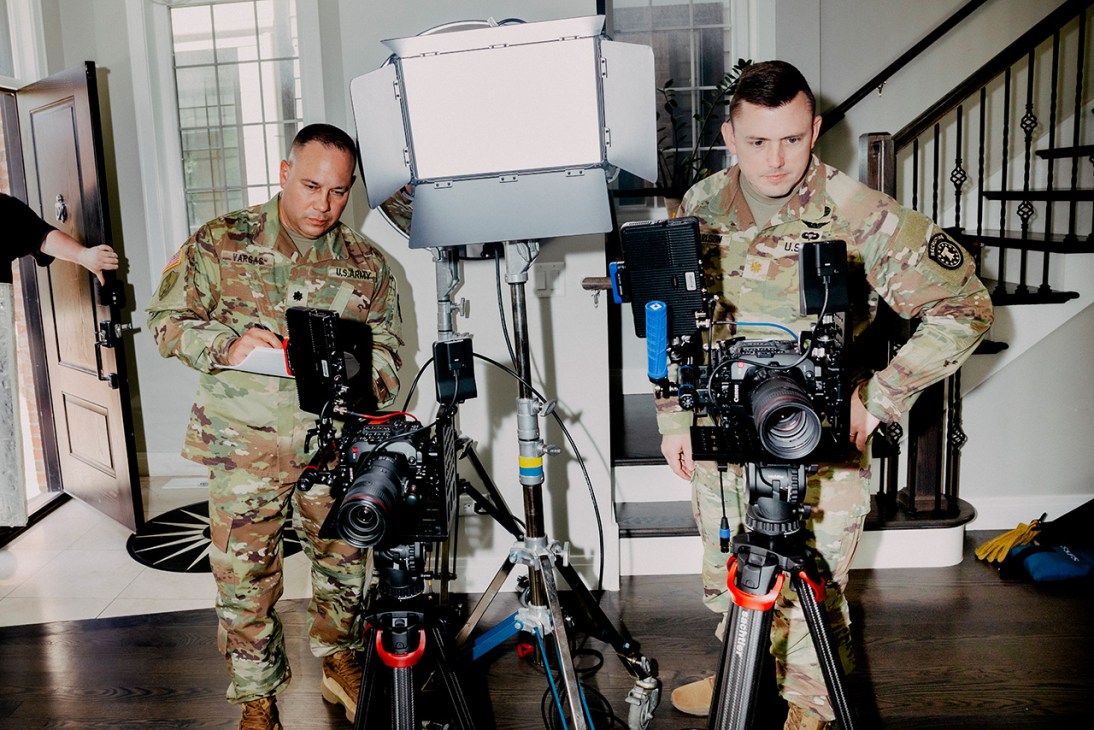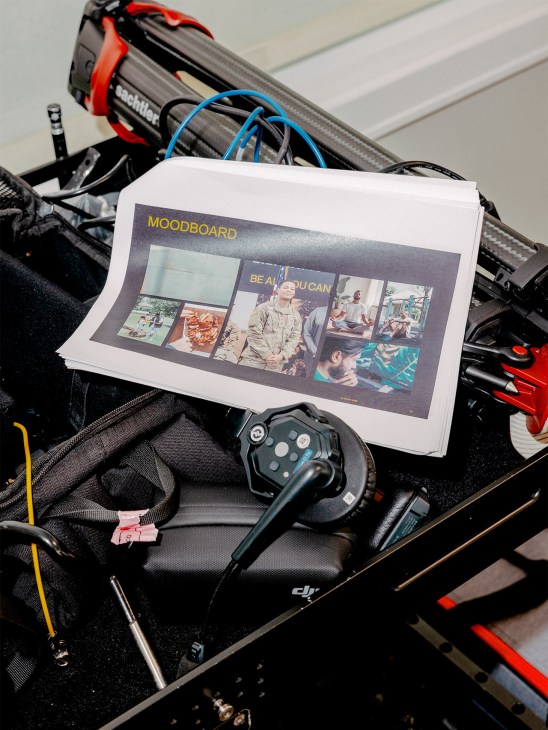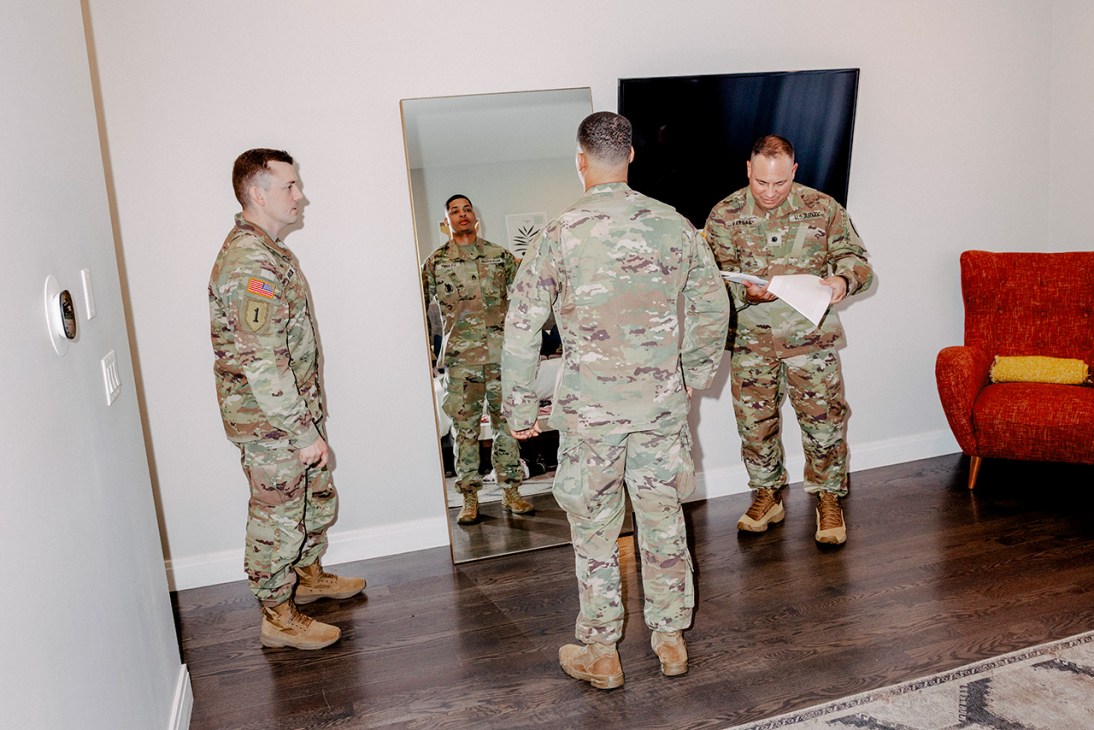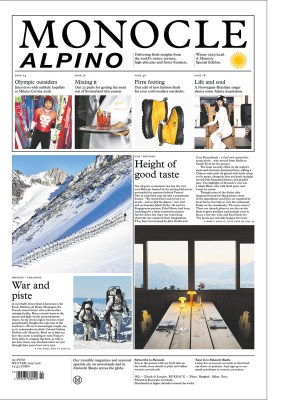Inside the clever marketing overhaul that turned the US Army into a recruitment powerhouse
While global militaries struggle to attract young recruits, the US Army is running a successful marketing operation from Chicago. The recruitment code has been cracked by enlisting ad executives and timeless messaging.
Though the US government crashed into a bruising shutdown at the end of its fiscal year on 30 September, one arm of Uncle Sam’s vast bureaucracy weathered the storm. The Army enlisted 62,050 recruits in the 12 months to September, its highest amount since 2019. That figure exceeded its 61,000-soldier target and marked the second year in a row in which the Army met its recruiting goal after falling short in 2022 and 2023.
Democratic nations are at a crossroads when it comes to staffing their armed forces, with Germany’s conscription debate taking centre stage in Europe. So what’s behind the success across the pond and why are more young Americans joining the Army than the Air Force, Navy or Marine Corps? The secret weapon is not, as some might think, the small but welcome wage bump but instead the Army’s advertising office.

The Army Enterprise Marketing Office (AEMO) is a creative agency born out of scandal. In 2019 the Department of Defense dissolved its marketing arm and cut ties with its old ad agency, McCann Worldgroup, after damning audits uncovered millions in wasted marketing dollars, alongside allegations of a romantic relationship between a US Army marketing director and a McCann staffer.
The Pentagon cleaned house, keeping only one employee from the disgraced department, and signed a 10-year, $4bn (€3.4bn) contract with ad agency DDB Chicago. DDB swiftly designated a group of specialists to work exclusively with the Army. The newly constituted AEMO set up shop a few blocks away in the global advertising hub of the Windy City and embarked on a novel hiring spree. First, it recruited seasoned marketing and advertising executives from the private sector. Second, it opened up some 50 internal jobs in marketing and behavioural economics – career paths that previously did not exist in the Army.
“We’re bringing best practices from the business world into the Army and operating more like a Fortune 500 company,” says deputy chief marketing officer Ignatios Mavridis, a former Johnson & Johnson associate marketing director with no prior military experience.
While DDB is plugged in to the latest trends in advertising and can keep abreast of what’s hot at the Cannes Lions, AEMO’s in-house team sits in on creative briefs to ensure that the Army experience is portrayed accurately and retains sole access to military data for prediction and modelling. With a central location in Chicago, the combined force of DDB and AEMO can easily reach bases around the world to gather footage, photos and interviews for campaigns, which tell the stories of real soldiers engaged in real-world training.
“We work closely with AEMO to make sure that we’re capturing the Army experience accurately within our concepts,” says Team DDB’s chief creative officer John Carstens. “Not just the technical aspects but the feeling of getting on the bus to basic training, jumping out of an aeroplane or creating the bonds that can only come from accomplishing difficult things together. So I’d say that we’re battle buddies, not just marketing partners.”
The unconventional new marketing agency did initially have its sceptics, however, including US Army Recruiting Command’s Colonel Che Arosemena. When the old method was disbanded, he worried that “we were pulling apart something relatively understood and operationalised and now we have to relearn”. But Team DDB and AEMO won him over, especially through their signature move thus far: a comprehensive brand refresh with a new logo and the relaunch of Be All You Can Be, a popular military-recruitment tagline from the 1980s and 1990s.
Army messaging has long been a bellwether of the national mood and the agency isn’t immune to this decade’s whipsaw changes in US public opinion and political directives. Its 2021 campaign, “The Calling”, with animated ads, including one featuring a soldier with two mothers, reflected Biden-era cultural sensitivities that some critics thought had run amok. Amid a conservative backlash reflected by the election of Donald Trump and a slew of executive orders on culture war issues, a new Army Special Forces ad this year, “Generation”, harkens to the Second World War and the Greatest Generation, while a regular Army ad, “Own the Night”, showcases soldiers’ night-vision capabilities with an emphasis on “lethality” – a favoured priority of defence secretary Pete Hegseth.


The Army is officially apolitical and Mavridis declined to say whether “The Calling” could run today but argued for a throughline between radically different messages airing just a few years apart. “Our campaigns are grounded in American ideals of opportunity, service, resilience and the belief that anyone can rise to their full potential,” he says. “Attracting qualified, motivated, talented prospects is the driving force behind all our campaigns.”


Col Arosemena knows the value of a resonant campaign. Two decades ago, as a young captain recruiting in Bronx secondary schools during the wars in Iraq and Afghanistan (he served multiple deployments in both), he relied on Yo Soy El Army, a Spanish-language campaign designed to connect with New York’s Latino communities.
“Those marketing materials changed the narrative and started to open some doors for us,” he tells Monocle. It’s a lesson that he now passes on to today’s recruiters, urging them to treat the Army’s sales pitch as strategically as any field manoeuvre. “If the recruiting force doesn’t understand what the marketing capability is, they’ll be less effective in the field.”
As Washington remains mired in partisan deadlock, the Army’s marketing revolution stands out as one of the few government success stories – a reminder that even the most traditional institutions can rebrand themselves when they start thinking like a business and, crucially, when they remember how to tell a good story.
—
A history of Army messaging
1917-1945: I want you for US Army
A bearded Uncle Sam dressed in red, white and blue pointing directly at the viewer, designed by James Montgomery Flagg, debuted as an iconic recruitment poster during the First World War in 1917. It returned to service in the Second World War.
1950s-1971: Choice, not chance
With a national draft still in place for men between the ages of 18 to 34 during the Korean and Vietnam Wars, this three-word slogan implied that those who enlisted would have more say in their Army career than those who were conscripted.
1971-1973: Today’s Army wants to join you
The transition to an all-volunteer military led to several iterations of slogans, starting with this message that puts the Army and the enlistee on a level playing field.
1973-1980: Join the people who’ve joined the Army
A clunky slogan by NW Ayer as the all-volunteer force still sought its groove.
1980-2001: Be all that you can be
The catchiest Army slogan was coined by copywriter Earl Carter with an infectious jingle by Jake Holmes.
2001-2006: Army of one
A short-lived attempt to reach Gen Xers with an individualistic message was deemed contrary to the Army’s spirit of teamwork.
2006-2018: Army strong
The Army’s second-best slogan of the modern era, with ads that issued a challenge: “There’s strong – and there’s Army strong.”
2018-2023: Warriors wanted
Tapping into the Army’s warrior ethos, this campaign also tinkered with the confusing interrogative “What’s Your Warrior?”


